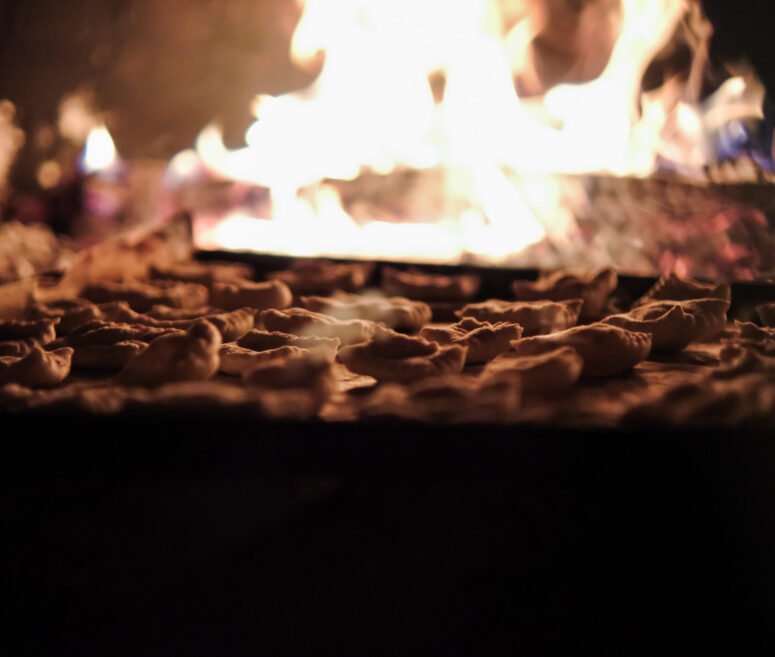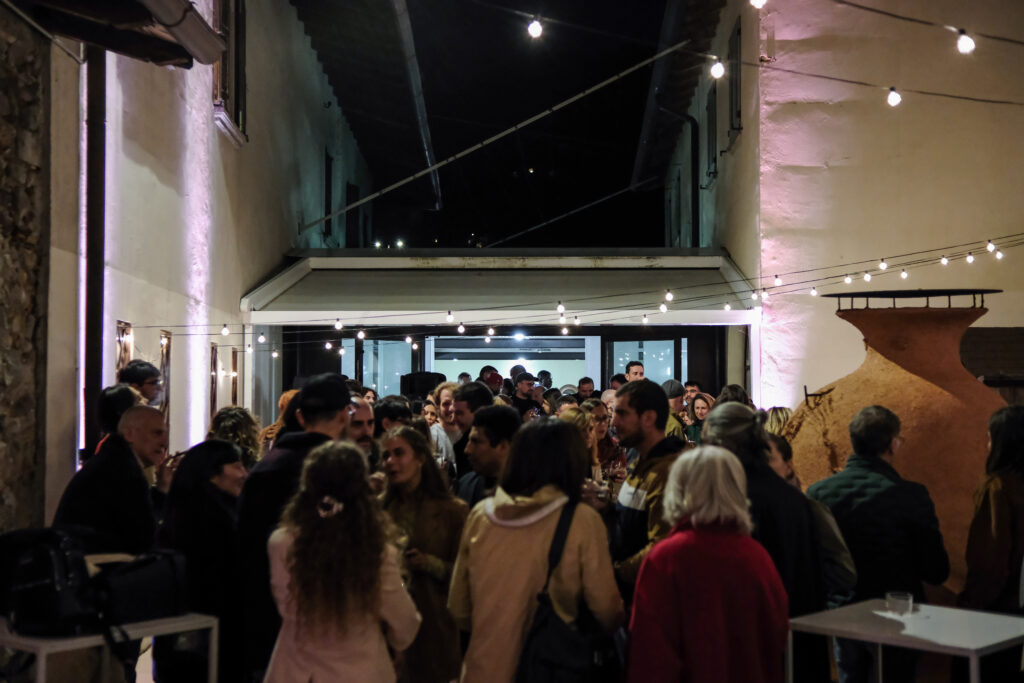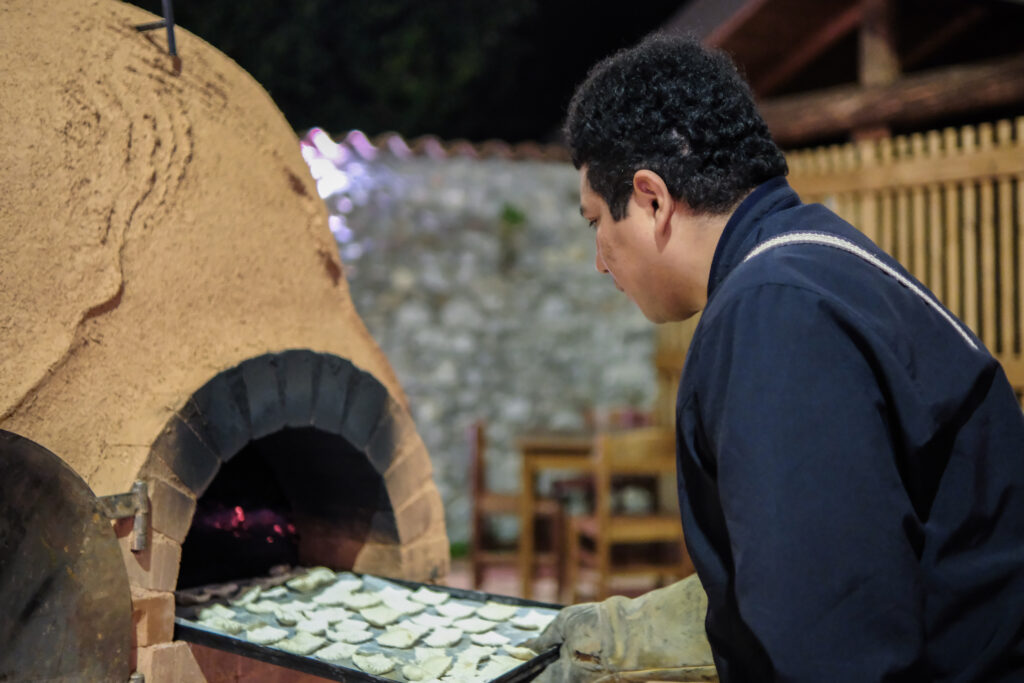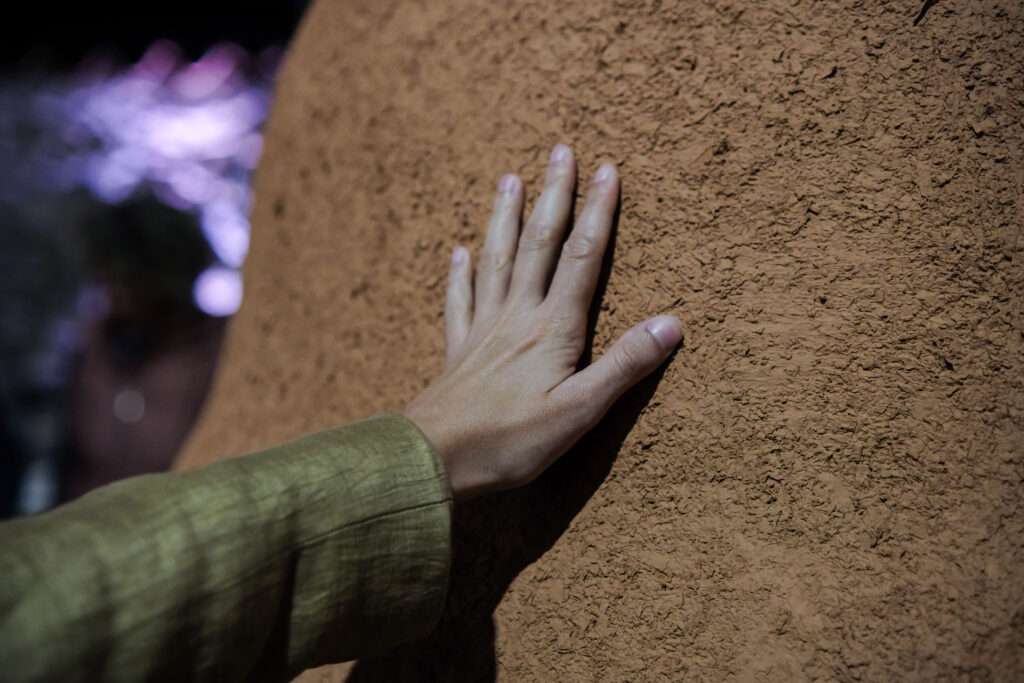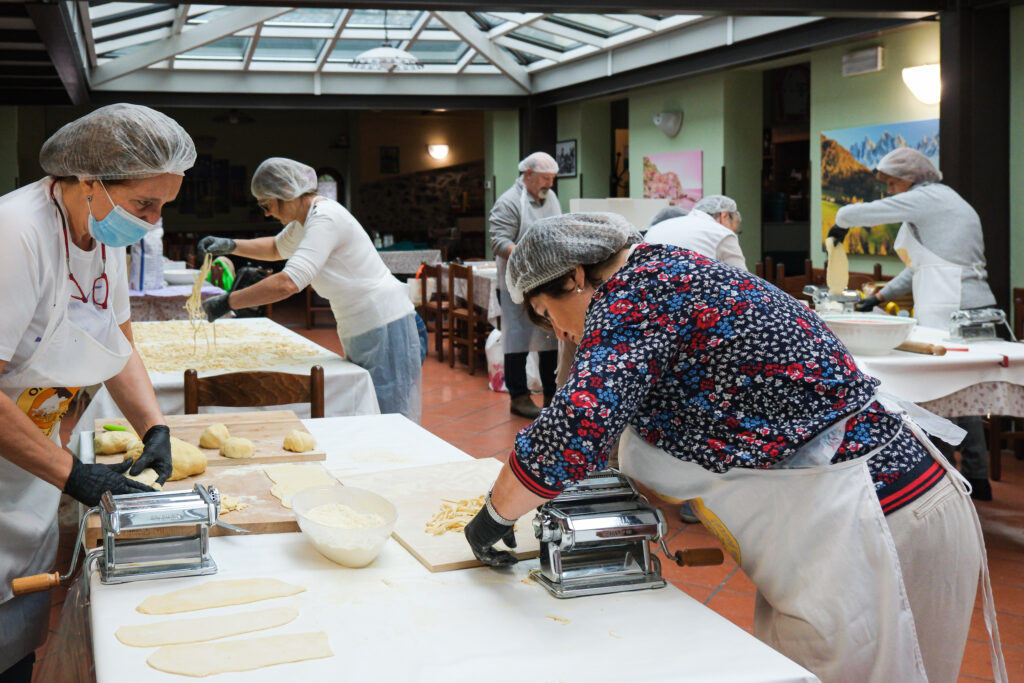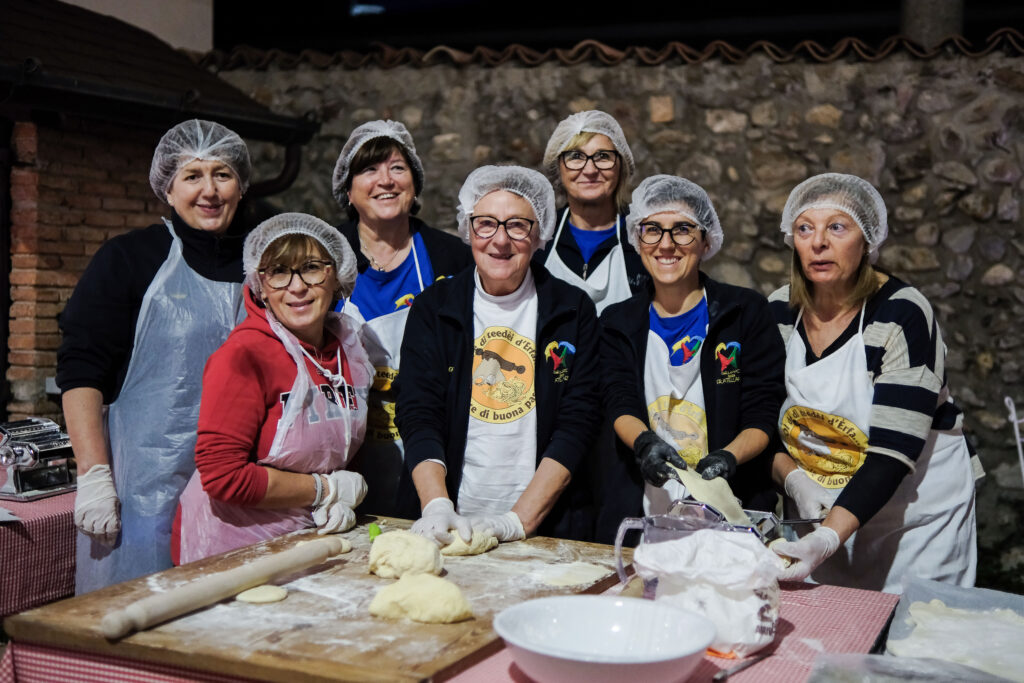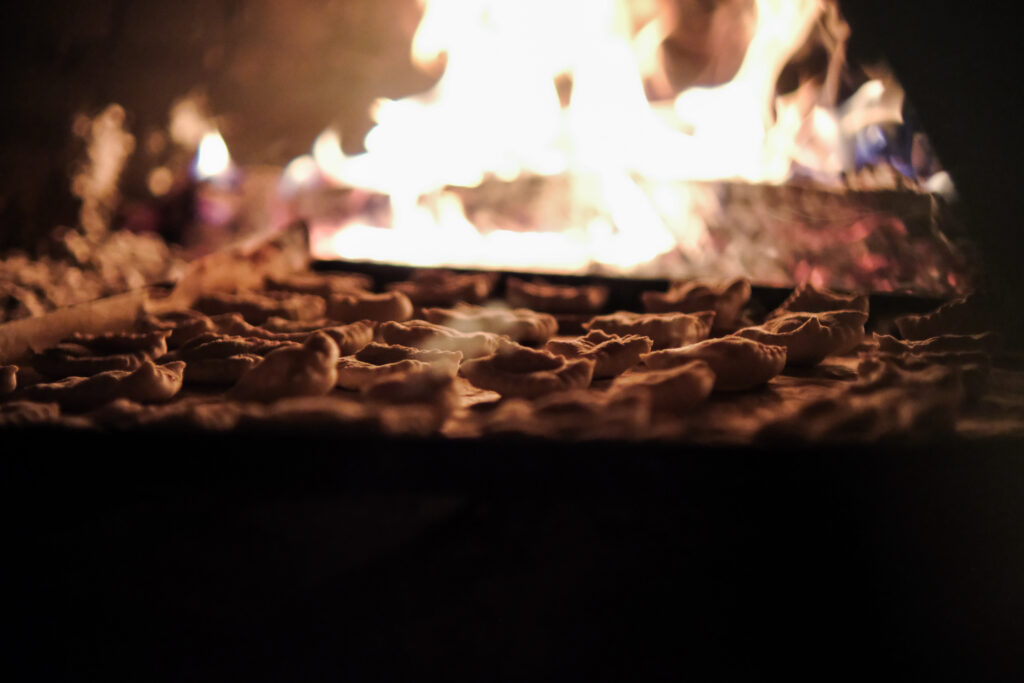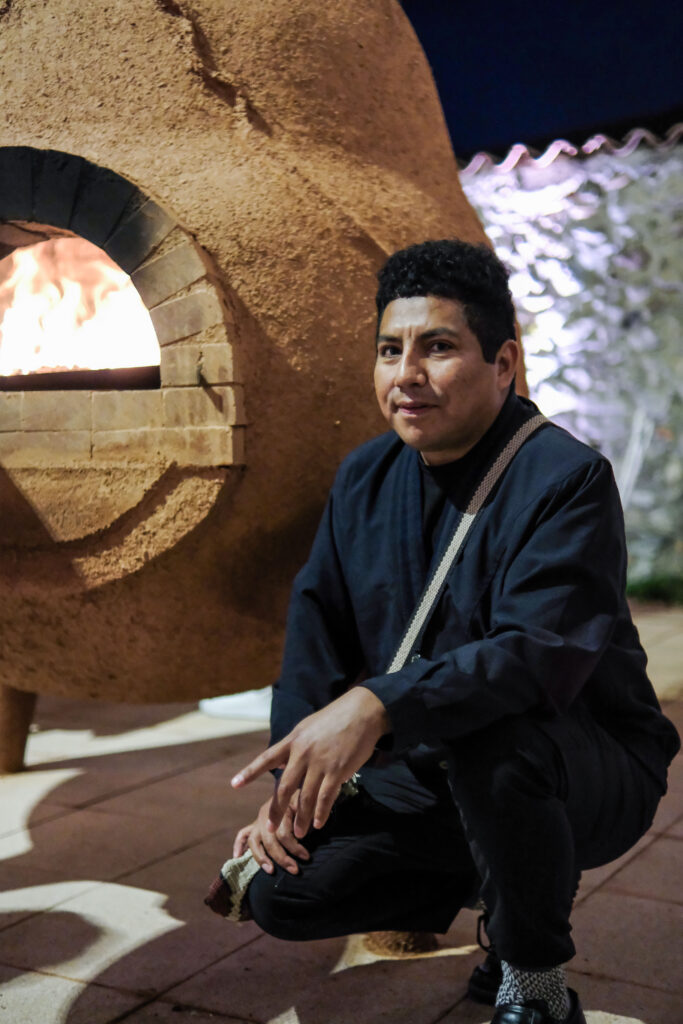Cultural-historical anthropologist Christoph Wulf describes anthropopoiesis, or the process by which human beings become human—that is, the way they form their identity—not as an exclusively individual but an inherently social, historical, and cultural process. One becomes human through shared social practices, ritual and linguistic acts, mimetic and performative processes; through the use of objects rooted in culture and that serve a purpose of intergenerational transmission. What’s more, this is not a static or linear process; indeed, these social practices are repeated and modified over time, and every society operates through cultural mechanisms that are often not rational or conscious.
In his studies on imagery and ritual practices, Wulf explores the active role of images in our understanding of the world and, more importantly, in the construction of ourselves and our communities, and in the formation and transmission of cultural identity. According to Wulf, the image is never neutral; it is the channel through which the collective imagination flows so as to construct, reproduce, and transform identities. The symbolic space of imagery is thus populated by images that are not fixed or unchanging, but are continually reinterpreted and recontextualized over time, through rituals, myths, and the body.
Gabriel Chaile calls himself a “communicator of images.” He uses natural materials such as raw clay mixed with wood shavings to shape his sculptures, drawing inspiration from the formal elements of La Candelaria culture of Tucumán, whose refined globular-shaped ceramics are often populated with animal taxonomies, unknown fauna specimens, anthropomorphic figures, hybrid figures that seem to combine human and animal traits or those of various animal species, as well as complex geometric and symbolic decorative motifs. The La Candelaria style is an expression of the activities of pre-Hispanic groups who used it as a means of negotiating with what we in the West have long categorized as “nature”—as opposed to anthropos, “culture”—in an attempt to dialogue with all social agents (human and non-human groups), to create and transform relationships and, above all, to bargain for a mutually constitutive existence.
By observing these ancient artifacts, the artist gained a deep and personal awareness of his own role and as a descendant of that culture. This moment of “acknowledgement” was central to his practice, for it engendered the reappropriation of his indigenous roots and his own personal biography.
Chaile’s first oven-sculpture was made in 2010 for the small village of Salta in northern Argentina. These ovens, which, activated during collective sharing practices that evoke ollas populares, generate “temporary communities,” renew traditions, and create new forms of solidarity and collective belonging, constituting genuine media of cultural transmission. They are living images.
Following Wulf’s perspective, Chaile’s entire oeuvre fits into an imaginary dimension that goes beyond pure visual form: the work becomes a “ritual” that, as the scholar himself describes in the definition of anthropopoiesis, involves the participation of the body and emotions, directly involving the participants in a ritual that is both aesthetic and social.
In the artist’s view, the image becomes a creative act that not only evokes a tradition, but also transforms, actualizes, and reconstructs the way we view history and community—a process that Wulf would define as a continuous “recreating the world” through the power of imagery. A process that Chaile describes as a “genealogy of form,” whereby these objects exist not just to be observed but also to be experienced and participated in, bringing forth a process of identity construction that goes beyond the individual, expands toward the community to think of humanity as a condition and not a species.
Valentina Gervasoni
Credits: Foto Paolo Biava
This introduction is followed by five questions posed to the artist Gabriel Chaile.
What does doing things together mean for you, besides mere being together?
I think that doing things together has to do with feeling a hand on your shoulder, a mutual impulse; I associate it with adventure, with adrenaline, with the intensity of feeling that something inside is growing.
What do you hope communities will gain from experiencing your works?
I like the fact that in a moment of action, everyone can feel the same sensation, like during a concert of a favorite band or at the peak of a party; I like to think it’s possible to build these moments through art. I hope we can build a peaceful life, a responsive life.
What does feeling a real sense of belonging to a place mean for you?
For me, feeling a real sense of belonging to a place means shedding the beliefs related to the actions of people or creatures capable of leaving a mark on you. The mere fact that these people or creatures are located in the same place, for example Tucumán, contributes to making me feel like a Tucuman.
In your experience, what circumstances, what connections give rise to a “community”?
Community is sharing something together, beyond ethical issues.
Who are the thinkers/intellectuals who inspire your work?
My friends whom I watch carefully and learn from, the people I meet on my travels, the people who live in extreme situations and who share their stories and images with me. I am inspired by the simple reflections that I listen to and that add to my way of thinking. There is something in peripheral thinking and stories that I am interested in watching and listening to. These observations resemble the conclusions of intellectuals that I then find in books.
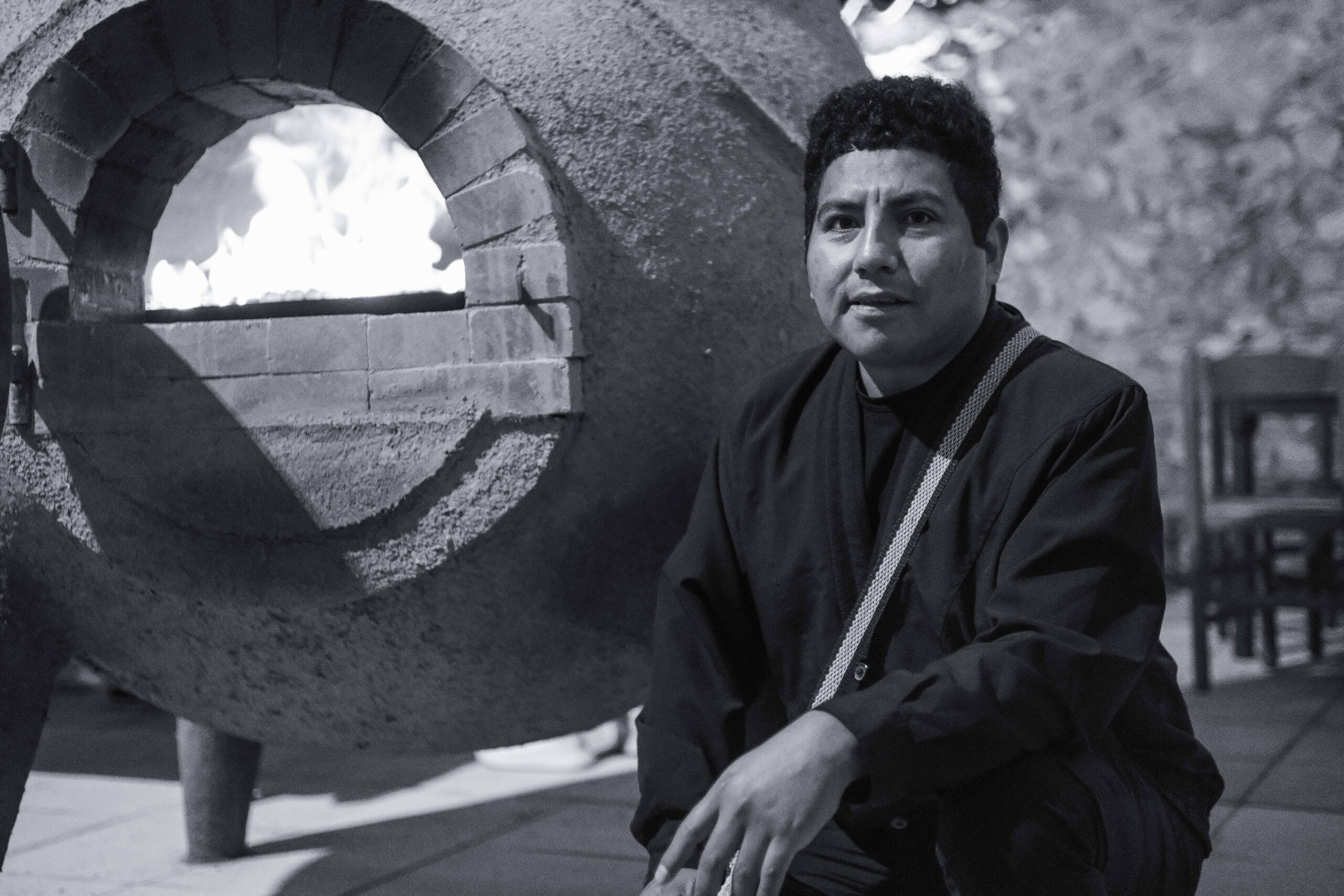
Biographical Notes
Gabriel Chaile lives and works between Buenos Aires and Lisbon. He studied fine arts at the National University of Tucumán. In 2009 he received a scholarship from Fundación YPF, which led him to participate in the first edition of the Artists Program launched by Torcuato Di Tella University. In 2010 he was selected to participate in Lipac, an art program of the Centro Cultural Ricardo Rojas. He has since participated in several artist residencies, including in Callao Monumental, Peru, as well as at SENS and URRA, Buenos Aires. In 2022, he received the Konex Prize for fire art. He also received a citation for the 2015 Klemm Prize and was nominated for the First Itaú Cultural Award in 2010. In 2022 he participated in The Milk of Dreams, the 59th Venice Biennale curated by Cecilia Alemani. His works have also been exhibited at BIENNALE GHERDËINA ∞ PERSONES PERSONS, Ortisei; Bienal de Arte Contemporânea de Coimbra, Coimbra; 5th New Museum Triennial, New York; Museum of Modern Art of Buenos Aires (MAMBA); Art Basel Cities: Buenos Aires; Centro Cultural San Pablo T, Tucumán; Centro Cultural Recoleta, Buenos Aires; National Endowment for the Arts, Buenos Aires; Espacio Tucumán, Buenos Aires; Centro Cultural Borges, Buenos Aires; New Energy Museum of Contemporary Art (l’Ene), Buenos Aires; New Museum Triennial, New York; and at the Thalie Foundation, Brussels.



